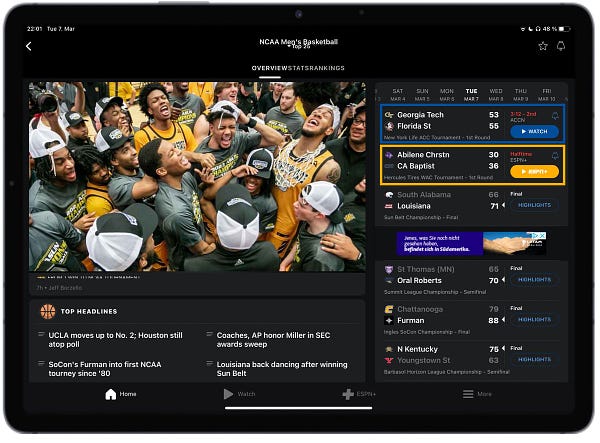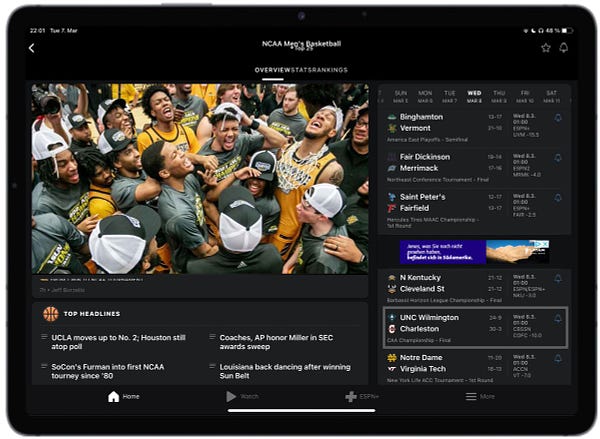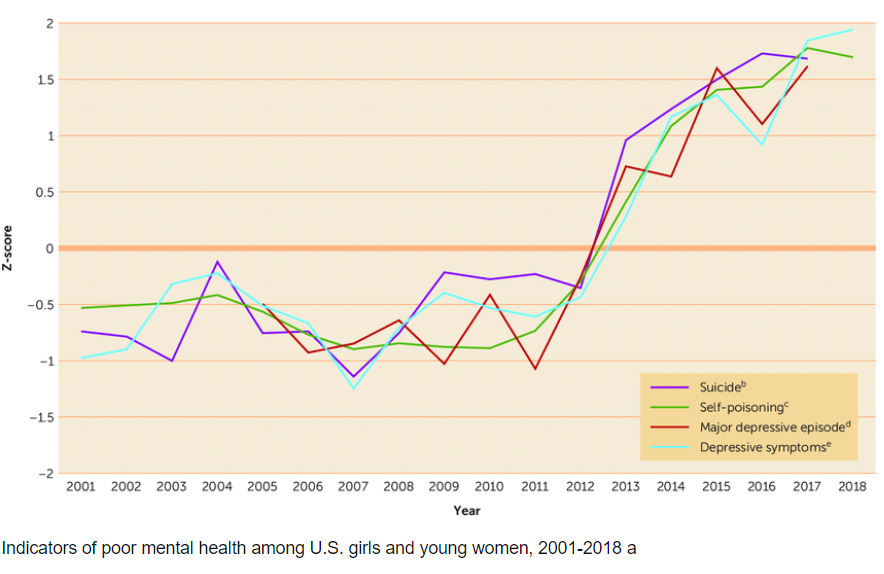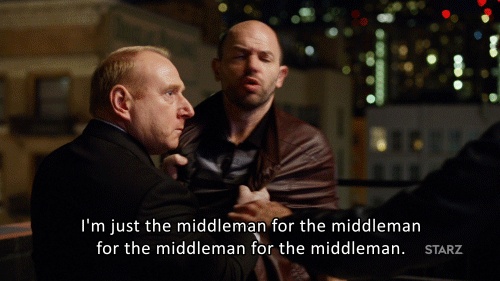Ambassador, you're spoiling us; FIFA's starf*cking tendency; Bazball's build message; BBC's bad decision; The Buy Side; The muddle of the middle; IWD dilemmas
Overthinking the sports business, for money
So Gianni, what did you first see in the supermodel Adriana Lima?
The Mrs Merton question applies to FIFA’s choice of its first ‘global fan ambassador’.
This is a way in to a bigger point: Why is FIFA so weirdly bad around women?
And the build on this: I’m increasingly of the mind that women’s professional football would be better off outside of FIFA.
Tone deaf and baffling.
These were Moya Dodd’s adjectives.
"When a girl plays football, the world sees her differently. Instead of being complimented on her nice looks or her pretty dress, she is valued for her game-saving tackles and brilliant goal-scoring. She's admired for what she can do, rather than how she looks, putting her on a more equal footing with her brothers in a way that can alter the whole trajectory of her life's ambitions. In a Fifa World Cup year, that's the message that should be ringing loud and true around the world. Where a supermodel fits into this is truly baffling."
It’s easy to dismiss this latest episode as just more FIFA starfucking; the logic path that flows from soccer as global entertainment property to the entitled cretinism of Salt Bae.
But then you get to this graph, courtesy of 10 Charts That Capture How The World Is Changing.
This analysis from the same source:
My view: much of the harm to mental health comes from social platforms that encourage comparison. As 20-year-old Olivia Rodrigo sings in the opening lines of “jealousy, jealousy”—
I kinda wanna throw my phone across the room
'Cause all I see are girls too good to be true
With paper-white teeth and perfect bodies, wish I didn't care
Instagram began as a literal filtered version of reality; despite “authenticity” being in vogue, photo dumps and BeReals and TikToks have gravitated to performance. In 2020, I wrote about the fact that while Snap and Insta filters encouraged unrealistic beauty standards, TikTok filters typically made you uglier. At the time, they were much less harmful. That’s no longer true: last week, TikTok’s “Bold Glamour” filter took the internet by storm, making millions of people feel terrible about their real appearance. (15.9M people have made videos with the filter.)
How does the Adriana Lima decision help?
Lima might be a very nice and well meaning person.
But she’s part of the problem.
Her whole professional career has been about making young girls feel unhappy about themselves.
The cult of Victoria’s Secret is a cynical commercial manipulation, part of the noise that you have to believe is central to the above graph.
It’s so far from what this year’s Women’s World Cup could/should/will be that it’s hard to overstate.
Anyone going to the Euros last summer knows this to be true.
It was a glimpse of something entirely new and wonderful.
This week’s announcement on government funding suggests what a powerful platform the women’s game can be.
But, as ever, these things are more delicate than they seem.
A bad decision here, a stupid global fan ambassadorship there, and the story can become blurred. Dulled.
I can’t shake the idea that FIFA is culturally the wrong fit for the women’s game.
It’s commercial instincts are kicking in, buoyed by the uptick in audiences for the big events and the vibe around women’s sport generally.
Armed with this intel, they unbundled the women’s game, a signal of their confidence that there’s a sponsorship market around the Women’s World Cup.
Then, they line up Visit Saudi as a partner.
A decision they seem to be rowing back in the face of genuinely held concerns from across the game, and most notably the host countries.
Adriana Lima is a signal. And it’s a confusing one.
It makes me think of Kat Craig’s point in UP285:
My major bug bear with sport is the hypocrisy, or the inconsistency. That when it suits sport, it will trade off social good. It will seek to financially prosper off its claim to be a community serving industry. But when you look at how much of its phenomenal wealth really is converted into real change for people on the ground who need it most, who could really benefit from it, I think that is inadequate.
The Muddle in the Middle
Talking to Sir Martin Broughton last week (UP298), the headlines were about football.
But we ended on horse racing, his real passion.
Having led the British Horseracing Board (now BHA), his view was that there was a basic conflict of interest at the heart of the sport’s administration, between owners and race organisers.
This ‘big middle’ is letting down the race going public, who are often confused and irritated by the decisions that emerge from ‘the horseracing industry’.
This is the story of our times isn’t it.
In virtually every sport, the middle is getting in the way, either through incompetence, outdated governance structures or cynical commercial motives.
Do other industries show as much contempt for their most loyal customers, or as little interest in making them happy?
The Build Message
Mo Bobat messaged me just after England lost that brilliant test match in New Zealand by one run.
Guessing you followed our 2nd Test in NZ this week…Back to Brailsford’s quadrant - losing with style!
He was referencing the following chart, mentioned during our podcast conversation at Twenty First Group offices and also featuring Omar Chaudhuri of TFG.
Apologies for my crappy drawing.
Bobat was talking about Baz Ball, the name given to the thrillingly attacking cricket being played by England under head coach Brendan McCullum.
Professional teams have to win, but losing with style gives the leadership team more leeway, something I talked to Warren Gatland about, who recognised the core truth within Brailsford winning/style 2x2 grid.
Then Bobat sent another message.
Another framework that I’ve often considered and used to discuss with Ed Smith when we considered selection strategy for our teams…
So, now I’m on the lookout for the building message.
With this in mind, I went to Spurs Twitter and found it alive and well.

Anatomy of a bad decision
The Sports Desk was a really good podcast.
It was the BBC doing sports news beyond the couple of minutes it gets in the main news bulletins.
Now it’s been closed down.
Who knows why?
I suspect it’s about audience numbers and BBC Sport’s own starfucking tendency.
They scored a massive hit with Peter Crouch’s pod, which may skew what the management view as success, as much of their output is drenched in celebrity.
By contrast, my favourite podcasts are rabbit holes.
The ditching of The Sports Desk talks to my theory of why podcasts are popular.
When the mainstream media covers something I know about, or have an interest in, they often get the details wrong. Or they skim the surface, dumbing the subject down in order to make it accessible to as broad an audience as possible.
The popularity of podcasts stems from this ‘mainstream’ problem. The promise of digital media lies in its appeal to niche audiences who feel disenfranchised by the coverage of their specialist subject elsewhere.
This works particularly well in a business to business setting (B2B). The business media has historically suffered from low rent and boring content: tedious corporate comms and self important thought leadership.
Business is one of the hottest podcast categories on Apple and Spotify, running from massive hit shows such as How I Built This, Business Wars and personality-led shows by Gary Vee or Tim Ferris. Each of them are drilling down into sub sectors from crypto and tech to marketing, management, leadership and finance.
The sport business is one such niche. In fact, it’s a bunch of niches.
So there’s room for everyone. Including the BBC.
Bad decision.
A masterclass in sponsorship conflicts
We’ve convened a group of wise elders from the sponsorship industry, to help us ask better questions of this main cog of the sports economy.
The first episode is here.
This episode touches on some of the inherent conflicts that lie between the aspiration and the complicated reality of making a sponsorship work.
These might include the future of multi year deals in an era when the average tenure of a CMO is dipping below 18 months; the mismatch between what brands want (new, shiny) and what most sports are selling (old, tired); and how rights holders navigate the many and varied toxic categories, which may require them to take a stand or take a hit.
I’m looking forward to digging further.
Previous Buy Side episodes available with brand side decision makers:
Next up is James Williams talking Coca-Cola. Out soon.
See also: the era of consequence free endorsements is coming to an end.


IWD and the Blight of the January Brainstorm
Every January, people working in PR start a content calendar.
This is an attempt to control life.
And the outcomes are every bit as successful as you might imagine.
Sports events and other cultural dates are plotted.
Then people start to have breathtakingly obvious ideas.
A consensus emerges to ‘do something on International Women’s Day’, that talks to our core values of, you know, really liking women.
The idea escalates from ‘a poster’ to ‘a thought leadership breakfast’ and on to ‘not so much a campaign, more a movement’.
Then someone mentions this:

Yannick good, Threads bad
The Bundle’s Yannick Ramcke is experimenting with Twitter Blue
Click on it, it expands.
Given I was against the upping from 140 to 280 characters (I’m against everything, all the time), this Musician innovation will need time to bed in.
But one upside is it might signal the end of those tedious, self important threads found elsewhere.










